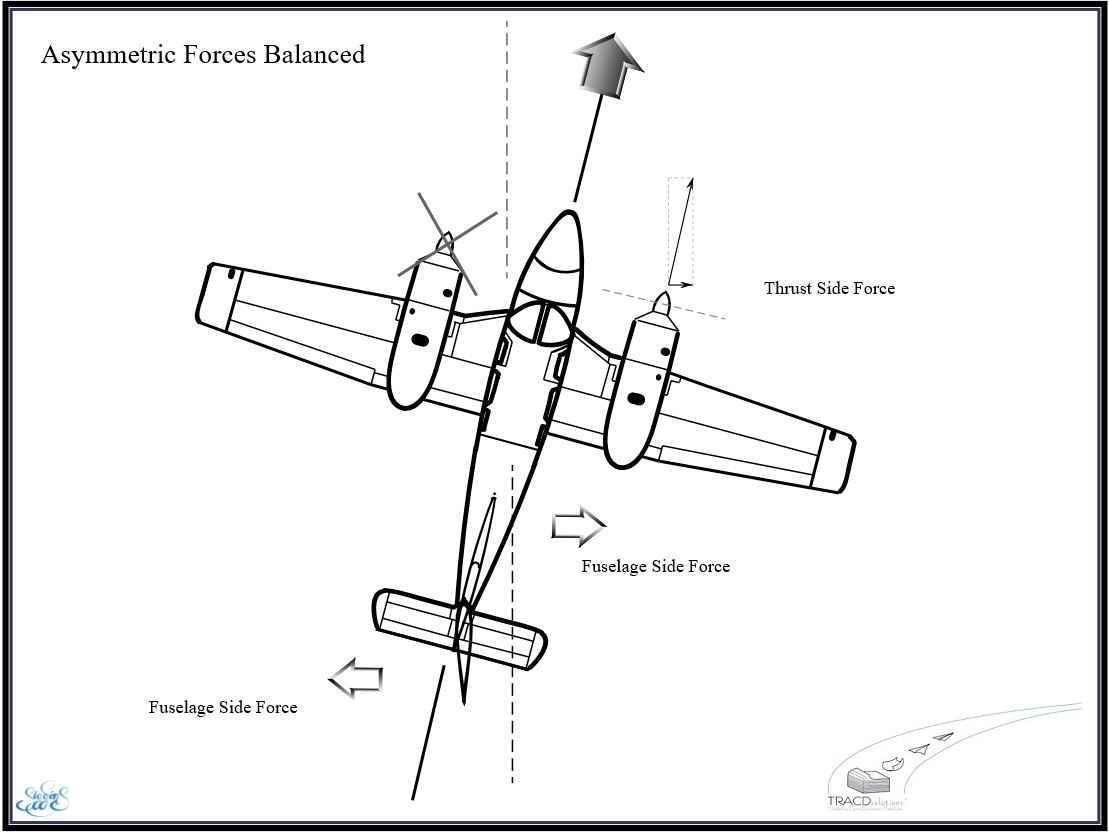Flight Training – give it a tick, surely it will be fine
Tom had a chat to his student before the flight, about what was going to happen. It was the second flight for the Multi-engine Class Rating. They were heading off in the company’s Piper Seminole. Tom had done these lessons a million times with other students and so he didn’t really need to refer to this new competency-based course the company had created. “So, we’ll look at a few engine failures in the cruise, practice flying the aircraft on one engine and finish with some circuit work” noted Tom.

Off they flew and they went through the drill for an engine failure at altitude finishing with a few circuits where Tom demonstrated, and then his student practiced, an engine failure after take-off. During the debrief, Tom was pleased with his student’s performance and commended him for being able to execute the drill efficiently. “Next, we’ll do this asymmetric circuit lesson” advised Tom. “Make sure you can do the drill under pressure in the circuit.” Tom signed off all the competencies that were listed for the lesson – they must have covered these one way or the other during the flight! He briefly paused at AME.4 (c) “Replan flight and take action to continue or divert to an alternate” and then gave it a tick. They hadn’t talked about this or role played it, but surely, this student would be able to do that. He then noted AME.2(b) “Asymmetric operations for all phases of flight are anticipated and contingencies are planned”. Hmmm, yeah, that would be fine…surely! He signed the record sheet and filed it on the student file.
Tom was continuing to teach student’s the same way that he had done so for years. He hadn’t really got his head around this new concept of Competency Based Training introduced in Part 61. He didn’t even realize that Competency Based Training was what he was supposed to be doing from the day back in about 1995 when the DayVFR syllabus was brought in. He certainly wasn’t aware of his obligations under CASR Part 61.195 (a) “…received training…” and (c) “…been assessed…”!
Competency Based Training is established by a set curriculum – Specified by CASA in the Part 61 MOS. Schedule 1 details the Units required for each course. Schedule 2 lists the content of each required Unit – broken into Elements (broad areas of competence) and then into Performance Criteria – specific abilities – with details of the range of variables and the required underpinning knowledge.
Training courses should be written, structured and sequenced to focus learning on required Performance – the Performance Criteria. Once the student can do all the items in the Performance Criteria (with the associated Underpinning knowledge (also known as Knowledge Evidence) and within the Dimensions of Competence (task skills, task management skills, contingency management skills and job/role environment skills and transfer skills), then the student may be deemed competent. CASA requires this teaching and tracking at the Performance Criteria level and at each Underpinning knowledge item.
The focus of the training and the assessing is on “Doing” not just on “Knowing”.
The application for the dimensions of competence are not detailed in the curriculum, but should be included in the lesson plans and training notes and covered by the instructor. For example, in the asymmetric lesson conducted by Tom, the contingency skills would include skills such as responding to an event where the propeller would not feather, or where the failure occurred over water such that an immediate change of course would be imperative to minimize further risk exposure. Transfer skills might involve being able to use these skills in other flight stages not specified – a descent for example where the failure (yaw) will be much less obvious. This skill of handling an engine failure in the cruise has much more to it than might otherwise be immediately evident to someone like Tom.
The final assessments of the student’s ability to “Do” the performance required, involves the collection of evidence showing that the student can actually “do” the required actions or competencies within all the dimensions of competency. (Note: Although the Underpinning knowledge may be assessed during this “doing”, the underpinning knowledge (Knowledge evidence) is also often assessed by a written exam or assignment to “capture the evidence”).
Tom was thinking that his student was doing well. It turns out that Tom’s student is probably going to be less competent that Tom realizes because Tom has not really understood the value and power of effective Competency Training and the value of a great training course in developing excellent pilots.
What areas of Competency Training do you think you need to execute more effectively to produce excellent pilots who are confident, competent and prepared for real world operations?
.